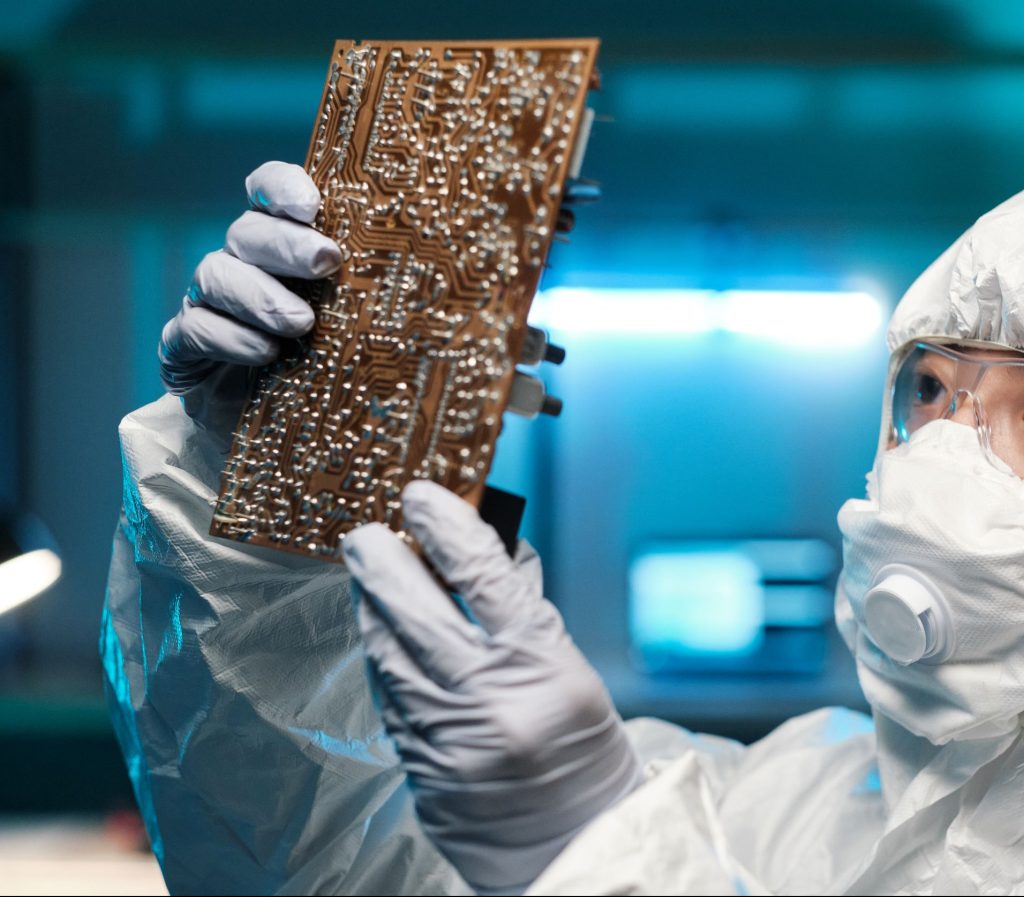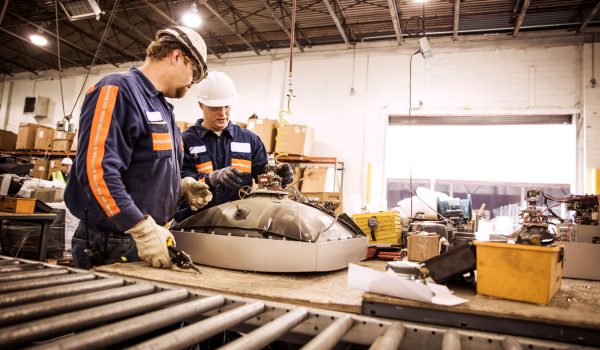Design for safe repair in a circular economy
One of the most important building blocks of a circular economy is the extension of the lifespan of products. One strategy to achieve this is to design sustainable products that are easy to repair. A specific challenge here is how products can be repaired safely. Research into this was conducted by TU Delft on behalf of the Ministry of Infrastructure and Water Management.
Safety risks can be present both during the repair process itself and during the use of an incorrectly repaired product. The relationship between product design and possible repair risks was investigated in order to arrive at recommendations for design choices that lead to safely repairable household appliances.
The research results show that many repairs can already be carried out safely, while other repairs can be carried out more safely by relatively small changes in the product design. The research shows that touching high-voltage electronic components and incorrectly mounting high-voltage components and cables are the most difficult risks to eliminate. However, these risks can also be significantly reduced by better shielding such components in the product design and by better indicating how components and cables should be reconnected. By designing smarter, products can be repaired more safely.
Other relevant publications
Exploration Dutch repair infrastructure
A study of the current repair infrastructure in the Netherlands and how it can be improved
Re-use of soundbars
How feasible is it to give soundbars a second life? Commissioned by Stichting OPEN, Second Use investigated the re-use potential of four soundbar models, revealing insights into repairability, consumer interest, and key barriers.







